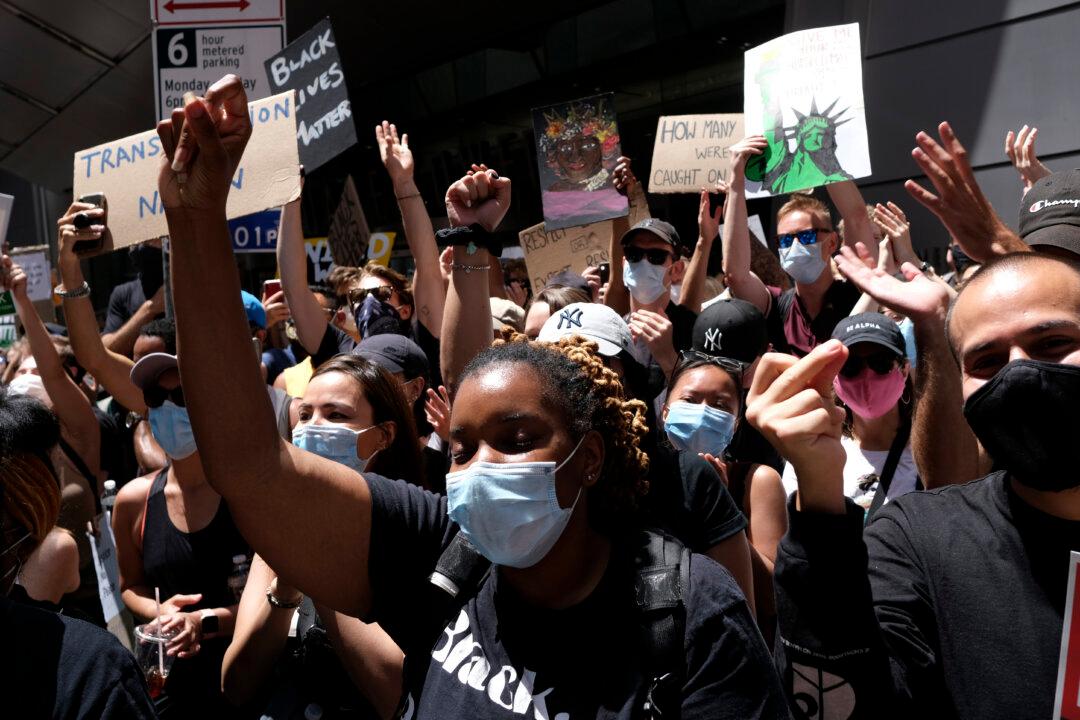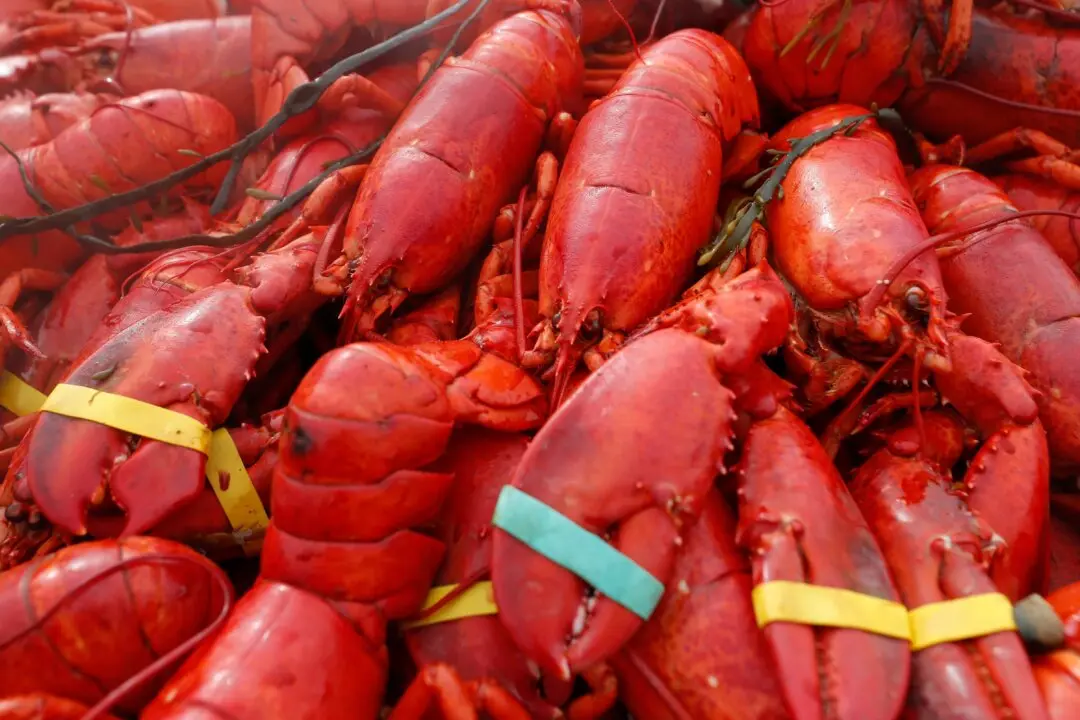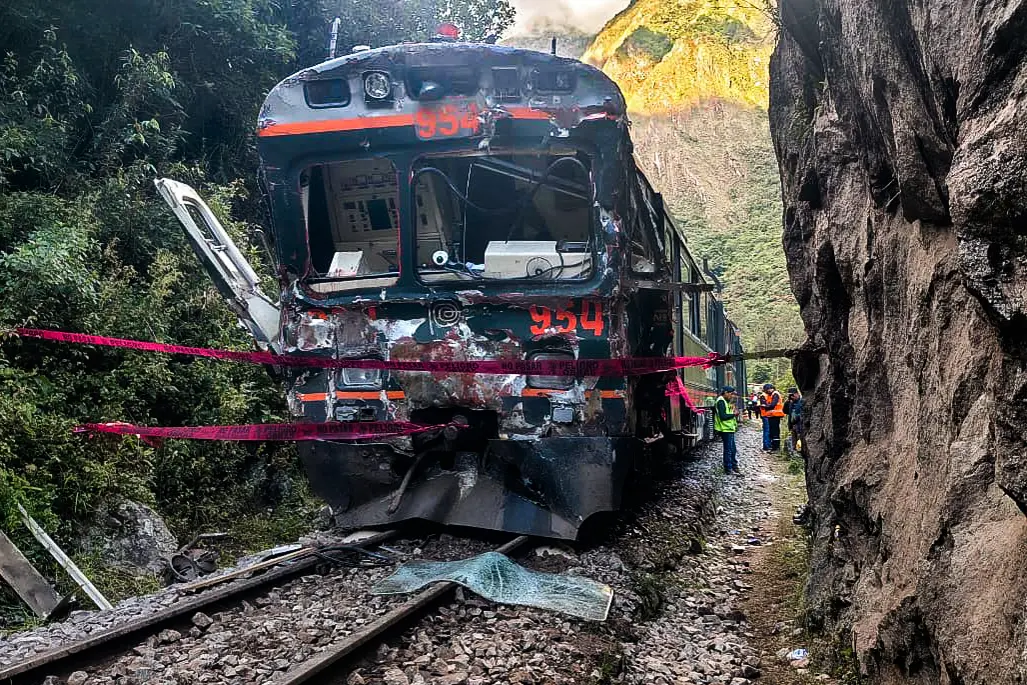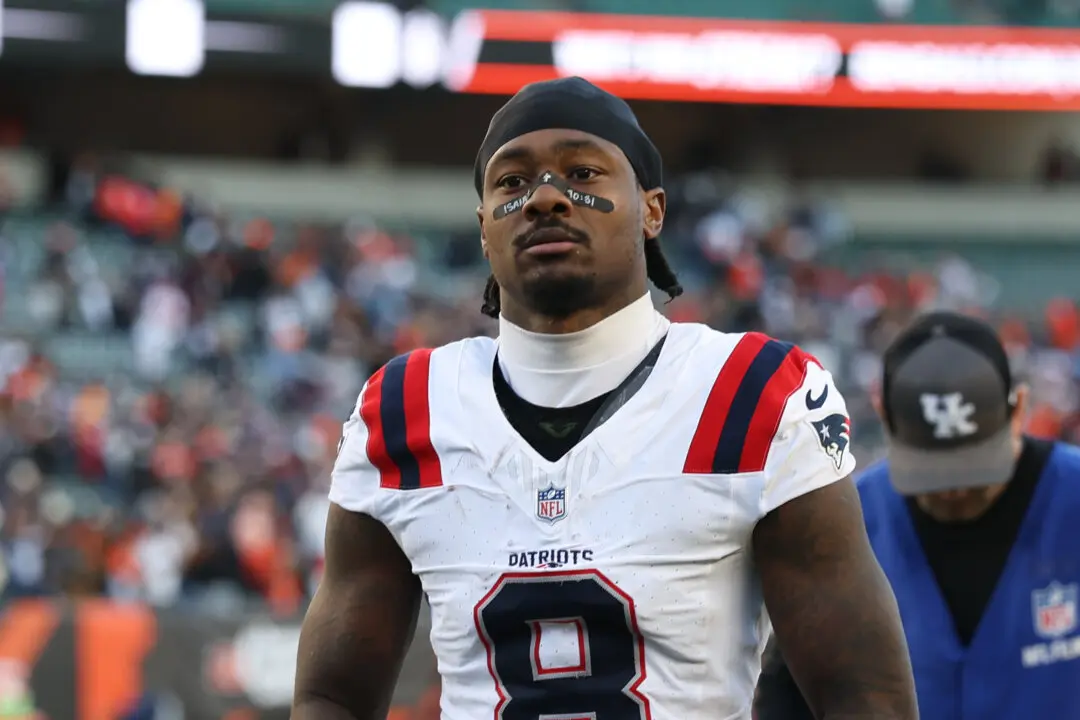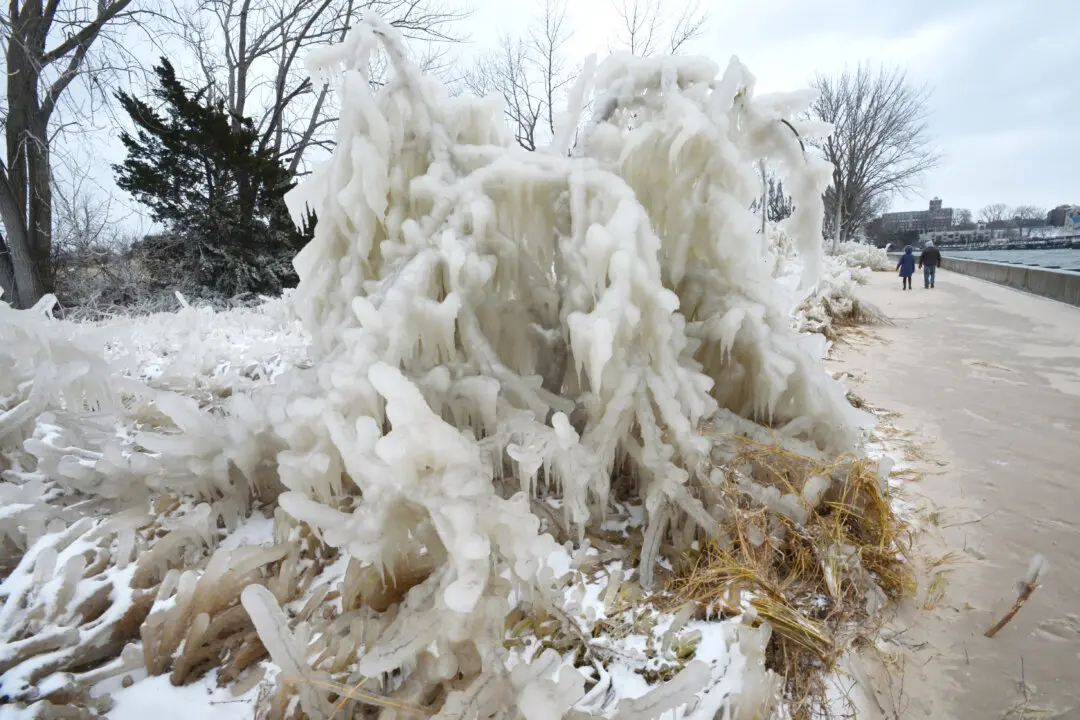NEW YORK—With New York City poised to reopen after a more than two-month shutdown over the CCP virus, officials on Sunday lifted a curfew that was in place amid protests sparked by the death of George Floyd in police custody. But they also urged that demonstrators be tested for COVID-19.
“Get a test. Get a test,” New York Gov. Andrew Cuomo told people who have been participating in rallies and marches in memory of Floyd.
